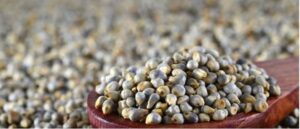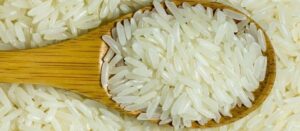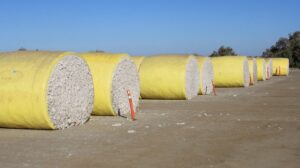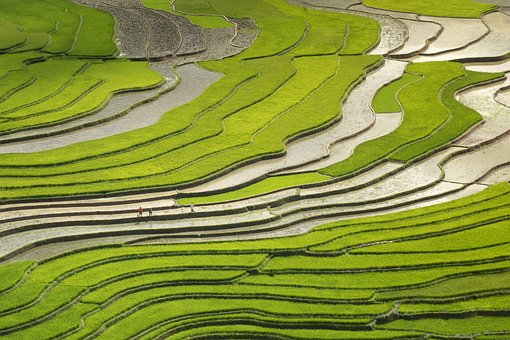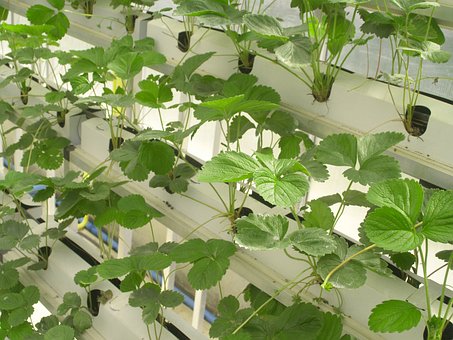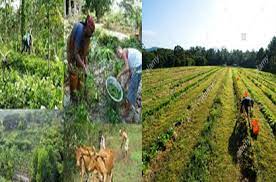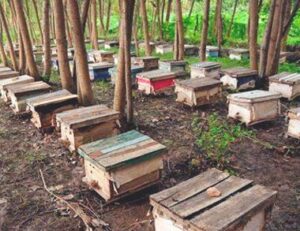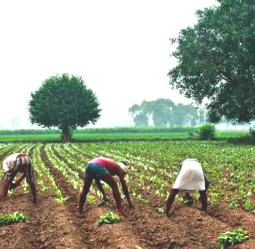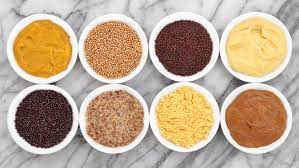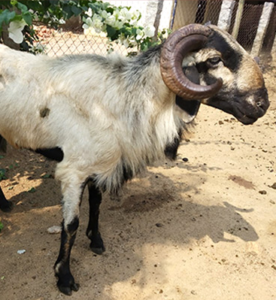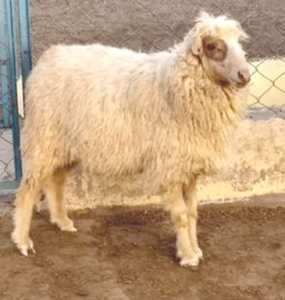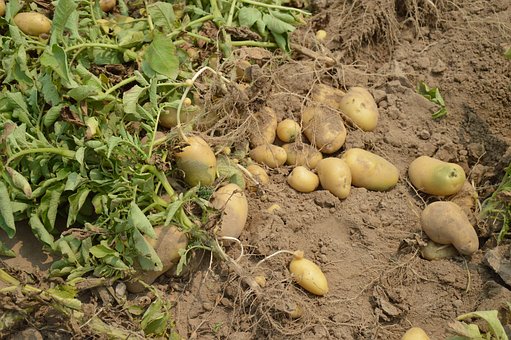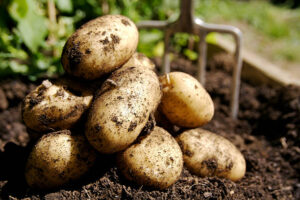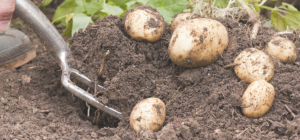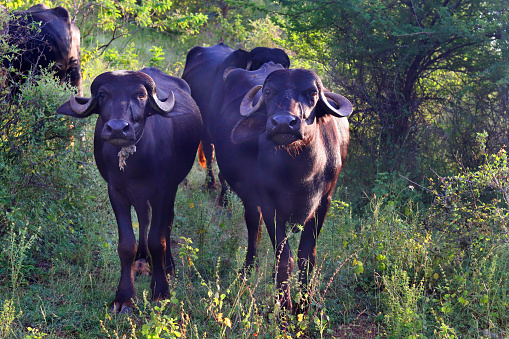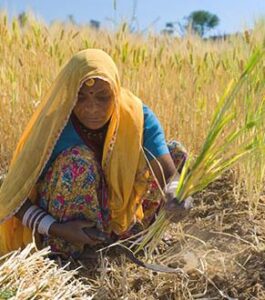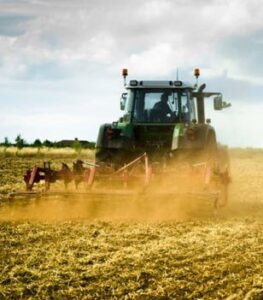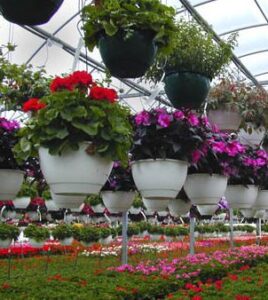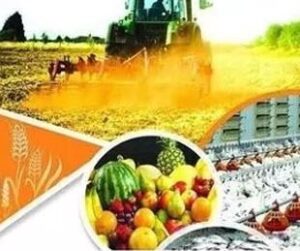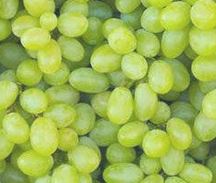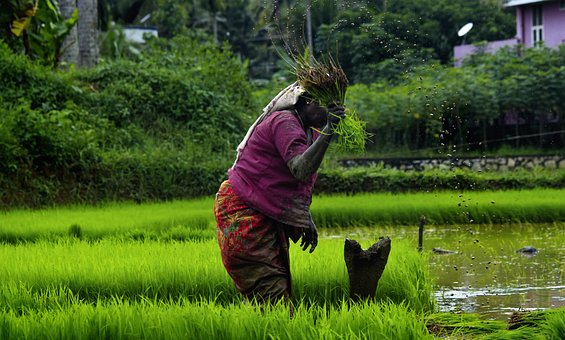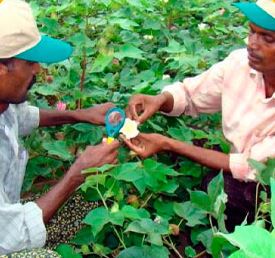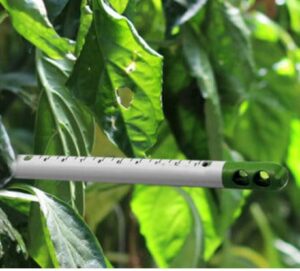Dragon Fruit : Are you interested in dragon fruit farming in India? If so, we can assist you. The first thing we need to know is what dragon fruit is. The following information is about dragon fruit cultivation and its varieties.
Ornamental climbing vines and species of the Cactaceae family produce dragon fruit. There is a delicate sweetness to this fruit, while its pink skin and green scales give it an alluring appearance. As a result of its scaly appearance, dragon fruit was called dragon fruit. The fruit is oval in shape and measures 6-12 cm in diameter. There are black edible seeds inside the white pulp. You have come to the right place if you’re interested in cultivating dragon fruit for commercial purposes!
There is a growing demand for it in India, but it is famous primarily in Thailand, Vietnam, Israel, and Sri Lanka. There is a price range of Rs. 150 to 250 per kilogram of dragon fruit in India. Those regions with less rainfall tend to produce the most of this fruit. As a fruit-producing plant, dragon fruit can be treated as an ornamental climbing vine. Apart from this, it can also be consumed fresh as fruits, made into jams, juices, ice creams, jellies, and wine, or used as face packs. This fruit is also known as Pitaya, Pitahaya, queen of the night, strawberry pear, and noblewoman throughout the world.
Farming Dragon Fruits in India: How to Get Started
Let’s talk about cultivating dragon fruit. Here we will tell you about
-
The climate requirements for growing dragon fruit
-
Cultivation of dragon fruit requires suitable soil
-
Preparation of the land for dragon fruit farming
-
Plantation of dragon fruit
-
Planting and training dragon fruit
-
Fertilizer and manure based on dragon fruit
-
The irrigation of dragon fruit
-
Insects and diseases
-
A harvesting of dragon fruits
Read More:Top 10 Agriculture States in India: Largest Crop Producers!
The first step in starting a dragon fruit farm is to know how to do it. Also, where does dragon fruit grow and others?
Dragon fruit farming requires a specific climate

A poor soil condition and temperature variation are necessary for the growth of this fruit tree. As a result, dragon fruit farming thrives in tropical climates. For Protected Cultivation, 50 cm of rainfall is ideal. Temperatures between 20 °C and 30 °C are required for dragon fruit cultivation. Too much sunlight can damage dragon fruit plants. Providing shade is the best way to cultivate it in an area with high sunlight.
Soil for Dragon Fruit Cultivation
There are different types of soil in which you can grow this fruit, including sandy loam and clay loam. It does, however, require sandy soils with good organic matter and excellent drainage for cultivation. Dragon fruit farming requires a pH between 5.5 and 7.
Agricultural Land Preparation for Dragon Fruit
The field must be ploughed until it has achieved fine tilth and no weeds have grown. A proportionate amount of organic compost should then be applied after that.
Method for plantation of dragon fruits
Cuttings are the most common method of propagating dragon fruit. It can, however, also be propagated by seeds. The seeds, however, do not retain the characteristics of their mother plants for a long time. If you own a commercial dragon fruit farm, the seeds method is not appropriate. Therefore, you should use cuttings from the quality mother plant if you want the full benefits of dragon fruit farming. Planting in the field should be done with the cuttings of 20 cm. The cuttings must also be piled up two days before planting.
Dry cow dung can now be used to plant them. It is recommended that you keep a distance of two meters between plants. For the size of the pits, you will need to dig 60 centimeters by 60 centimeters by 60 centimeters. Topsoil and manure, as well as 100 grams of superphosphate, are needed to fill these pits. One acre of land can accommodate about 1700 plants.
Plant training for dragon fruit
The concrete or wooden columns will help you get the highest profit from dragon fruit farming or ensure proper plant growth. Plants that are still immature must be tied to these columns. A round/circular metal frame is required to maintain the dragon shrub.
Fertilizer and manure for dragon fruit
Organic manure plays an important role in the growth and development of dragon fruit plants. The amount of organic compost you need to apply to each plant is 10 to 15 kilograms. Each year, you should add 2 kg of manure. Besides organic fertilisers, it also needs inorganic fertilisers for good vegetative growth. For the vegetative stage, muriate of potash:superphosphate:urea should be used in a ratio of 40:90:70 grams per plant.
The fruit-bearing stage also requires high potash and low nitrogen. Fertilisers with urea, superphosphate and muriate of potash should be applied during flowering and harvesting. You can give this solution before flowering, as soon as fruit begins to develop, and after harvesting. Your dragon fruit farm can be more productive if you use it.
Dragon Fruit Irrigation
The water requirement of this plant is lower than that of others. If the weather is hot or dry, you can irrigate it frequently during the planting, flowering, and fruit development stages. The use of drip irrigation can help you conserve water.
Diseases and pests
There are no pests or diseases in this farming, which is its greatest advantage. Therefore, you do not apply any other chemicals to the plants. This reduces the cost per acre of dragon fruit cultivation.
Dragon Fruit Harvesting
During the first year of the plant’s life, dragon fruit begins to appear on the plant. In the month of August to December, the plant bears fruit, and after a month of flowering, the fruit is ready to harvest. Aside from this, the flowering period lasts until December. This period allows you to pick up these fruits six times. The best time to harvest the fruits is when they turn red. 3 to 4 days after colour change is the ideal time for harvesting. Exporting them requires harvesting them after 1 day of colour change. The production per acre is between 5 and 6 tonnes.
We will also discuss how you can practice dragon fruit farming in different Indian states.
Dragon Fruit Farming in the Different States of India
India is also experiencing a surge in demand for dragon fruit. There is a growing demand for this exotic fruit, but there is a limited supply. India can profit from dragon fruit farming because of this. As a result, this type of farming has attracted a great deal of attention from Indian farmers. Commercial dragon fruit cultivation is mainly carried out by farmers in Karnataka, Kerala, Tamil Nadu, Maharashtra, Gujarat, Odisha, Andhra Pradesh, and the Andaman & Nicobar Islands. This fruit farming is also being conducted in West Bengal, Telangana, Uttar Pradesh, and Madhya Pradesh.
Read More:Cotton Production in India: Process & Benefits of Cotton Farming!
Dragon Fruit Health Benefits
Besides its delicious taste, dragon fruit offers several health benefits. Here are a few benefits to consider.
1. High in Nutrients
People can stay healthy and fit by eating dragon fruit, which contains several nutrients. These are the nutrients:
-
Calories: 136
-
Protein: 3 grams
-
Fibre: 7 grams
-
Iron: 8% of the RDI
-
Fat: 0 grams
-
Carbohydrates: 29 grams
-
Vitamin E: 4% of the RDI
-
Magnesium: 18% of the RDI
-
Vitamin C: 9% of the RDI
2. Fight Chronic Disease
A variety of powerful antioxidants can be found in dragon fruit. As well as neutralizing free radicals to prevent inflammation and cell damage, antioxidants prevent the formation of free radicals.
-
Vitamin C : Studies have found vitamin C intake reduces the cancer risk.
-
Betalains : Betalains can combat oxidative stress and can suppress cancer cells.
-
Carotenoids : Carotenoids have the ability to reduce the risk of heart disease and cancer.
3. Good Source of Fibre
According to health authorities, men should consume 38 grams of fibre per day and women 25 grams. The role of fibre in digestion is, however, well known. Additionally, it helps reduce the risk of colon cancer, manage type 2 diabetes, and maintain a healthy weight.
4. Strengthens Immune System
You can influence the quality of your immune system (your body’s ability to fight infection) by changing your diet. As it contains vitamin C and carotenoids, dragon fruit may boost your body’s ability to fight infection and prevent disease. White blood cells are also protected by it.
5. Keeps a Healthy Gut
Microorganisms in your gut can have a significant impact on your health, and imbalances may lead to asthma and heart disease. Dragon fruit contains prebiotics, so you can consume it. Adding it to your diet can help balance your gut bacteria.
6. Boost Low Iron Levels
Fruits containing iron are dragon fruits. Oxygen is transported throughout the body by iron. Food is also broken down into energy by it.
7. Good Source of Magnesium
One cup of dragon fruit contains about 18% of your RDI (Recommended Dietary Intake) of magnesium. Magnesium is also present in your body in the amount of 24g.
Importance of Dragon Fruit
The following are some other benefits of dragon fruit.
-
Helps in lowering cholesterol
-
Helps in weight management
-
High in fats and proteins
-
Good source of antioxidants
-
Helps in preventing arthritis
-
Helps in improving heart health
-
High in vitamins & minerals
-
Helps in fighting against ageing
-
Helps in preventing asthma
Dragon Fruit Varieties

There are several types of dragon fruit cultivated around the world.
1. Undatus Hylocereus
The Pitahaya is also known as white flesh with pink skin. There are edible black seeds in the fruit, which is 6-12 cm long and 4-9 cm thick. Among dragon fruit types, it is famous.
2. Polyrhizus Hylocereus
Red Pitaya is another name for this variety, which has pink skin and red flesh. Originally from Mexico, this variety is now available in many countries. Among the different types of dragon fruit varieties, this variety is the most profitable.
3. The Hylocereus Costaricensis
The Costa Rican Pitaya variety is also known by its other name, Costa Rican Pitaya. The fruits are magenta, and the seeds are pear-shaped, and the flesh is violet-red with pink skin. Dragon fruit can easily be grown in India.
4. Megalanthus Hylocereus (Selenicereus)
This fruit is native to South America and renowned for its white flesh and yellow skin. The dragon fruit variety looks beautiful among the others.
Read More: Indian Terrace Farming: Cultivation, Types, and Benefits
Dragon Fruit: How to Eat It
Dragon fruit has a thick, leathery skin that can seem intimidating, but eating it is fairly straightforward. Look for a bright red dragon fruit when your dragon fruit is unripe. Overripe fruit has a lot of spots, but not too many. Unlike avocados and kiwis, a ripe dragon fruit must not be mushy.
Dragon fruit can be eaten in a few different ways.
-
The fruit should be cut in half lengthwise using a sharp knife.
-
The white pulp should be scooped out with a spoon.
-
Without cutting into the peel, you can cut the pulp into cubes.
-
The cubes can be found on the back of the skin if you press on it.
-
Salads and other dishes can now be prepared with it.
Bottom Line for Dragon Fruit Cultivation
Creating a dragon fruit business plan is the first step to starting this business. Dragon fruit cultivation costs per acre, where dragon fruit is grown, where dragon fruit is sold in India, and other factors can be included here. The farming is also profitable. Just do it if you’re going to do it commercially.
Dragon Fruit Farming FAQs
Que. Dragon fruit grows where?
Ans. Dragon fruit grows in tropical climates and places with less rainfall.
Que. What is the best place in India to sell dragon fruit?
Ans. The dragon fruit can be exported or sold on the domestic market.
Que. What is the best way to cultivate dragon fruit?
Ans. Make a dragon fruit business plan and cultivate it easily.
Que. Can dragon fruit be grown in India?
Ans. Yes, dragon fruit can be grown in different states of India, including Maharashtra, Gujarat, Rajasthan, Tamil Nadu, Andhra, etc.
Que. How profitable is dragon fruit farming?
Ans. Dragon fruit farming is very profitable. You can get a net profit of 4 lakhs in one-acre dragon fruit farming.
Que. Is there a demand for dragon fruit in India?
Ans. Yes, dragon fruit is in massive demand in Indian cities due to its nutritional value.
Que. How long does the dragon fruit plant take to bear fruit?
Ans. Dragon fruit plants bear fruits in the first year.
Que. What is dragon fruit cultivation cost per acre?
Ans. Rs 3 to 4 Lakh is the per-acre estimated cost for dragon fruit cultivation.




